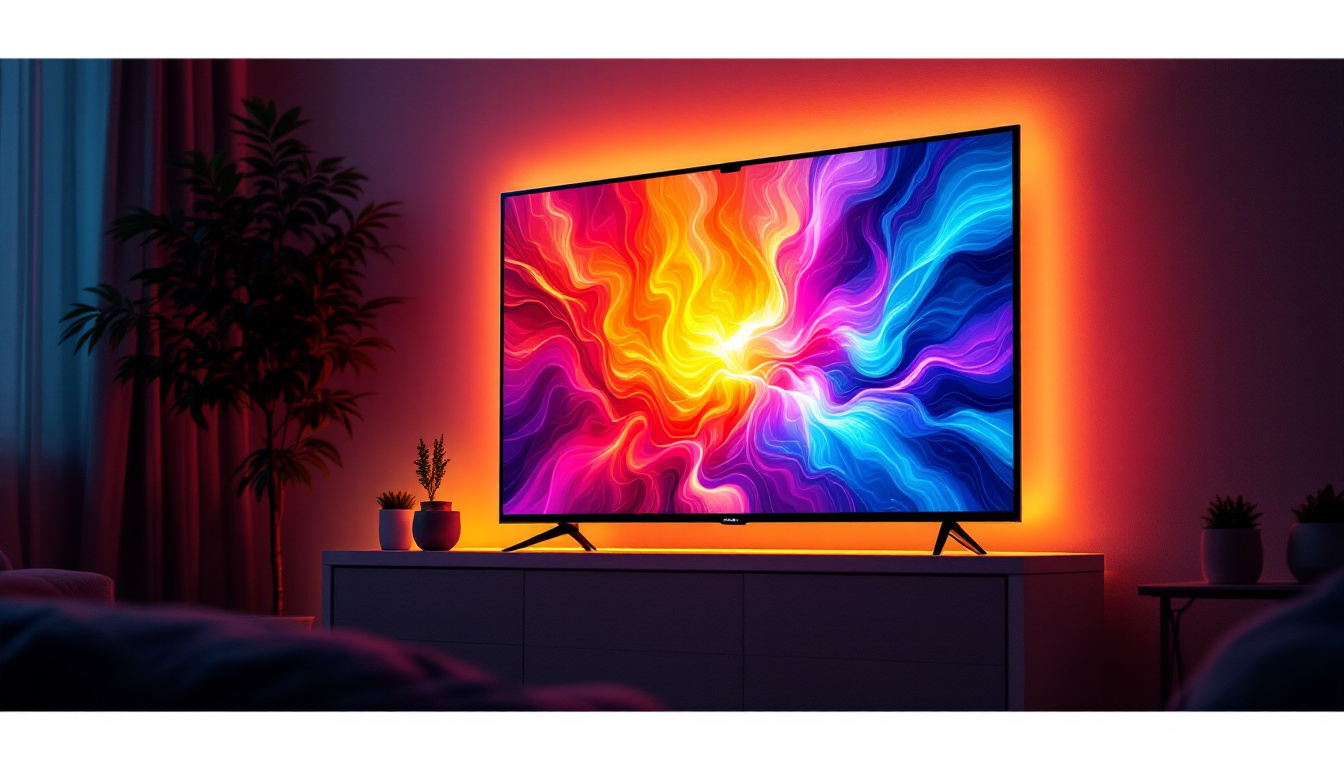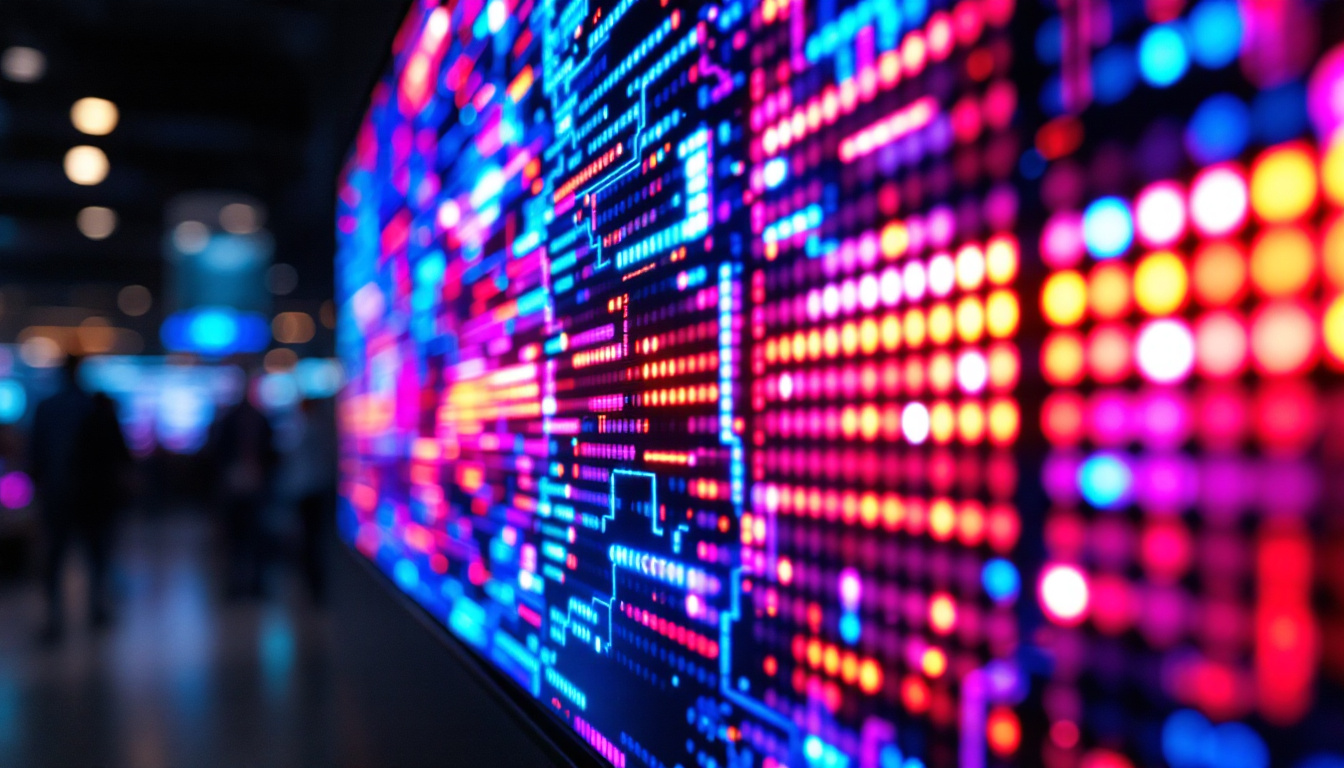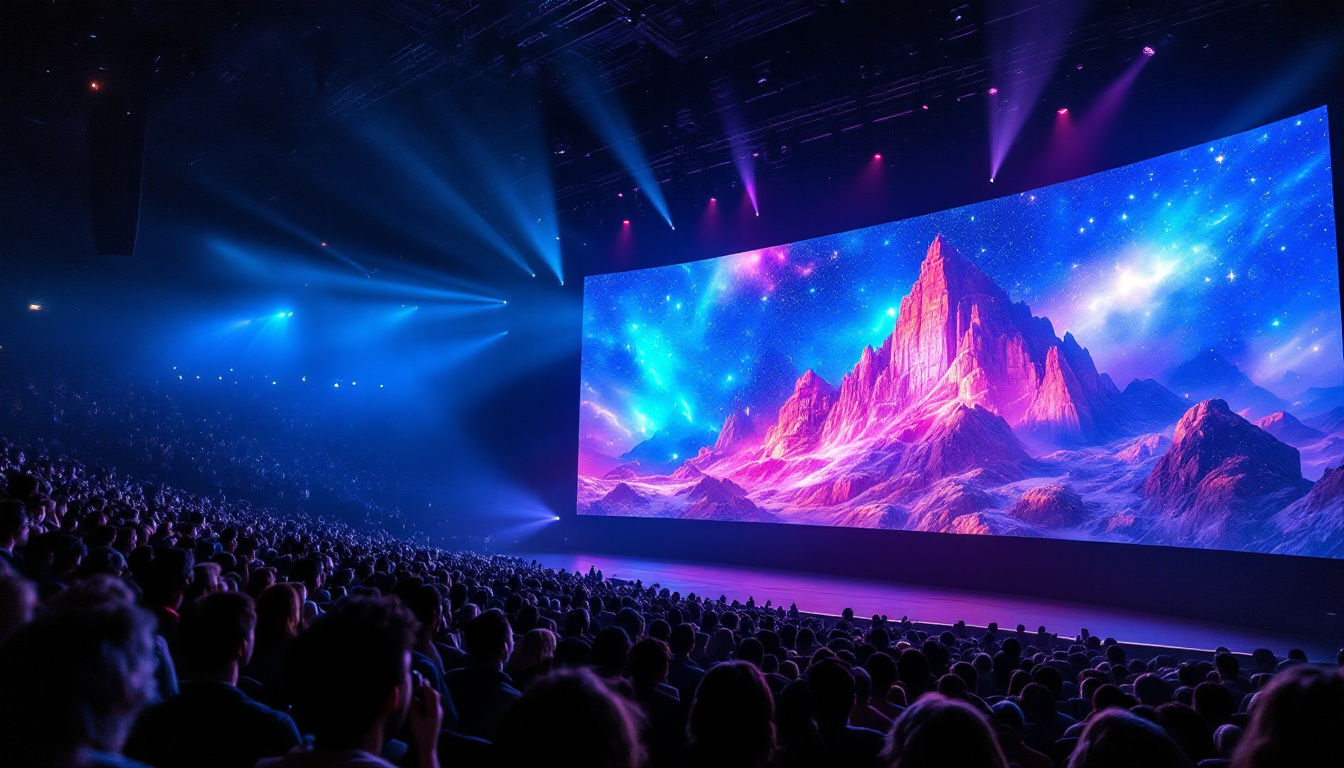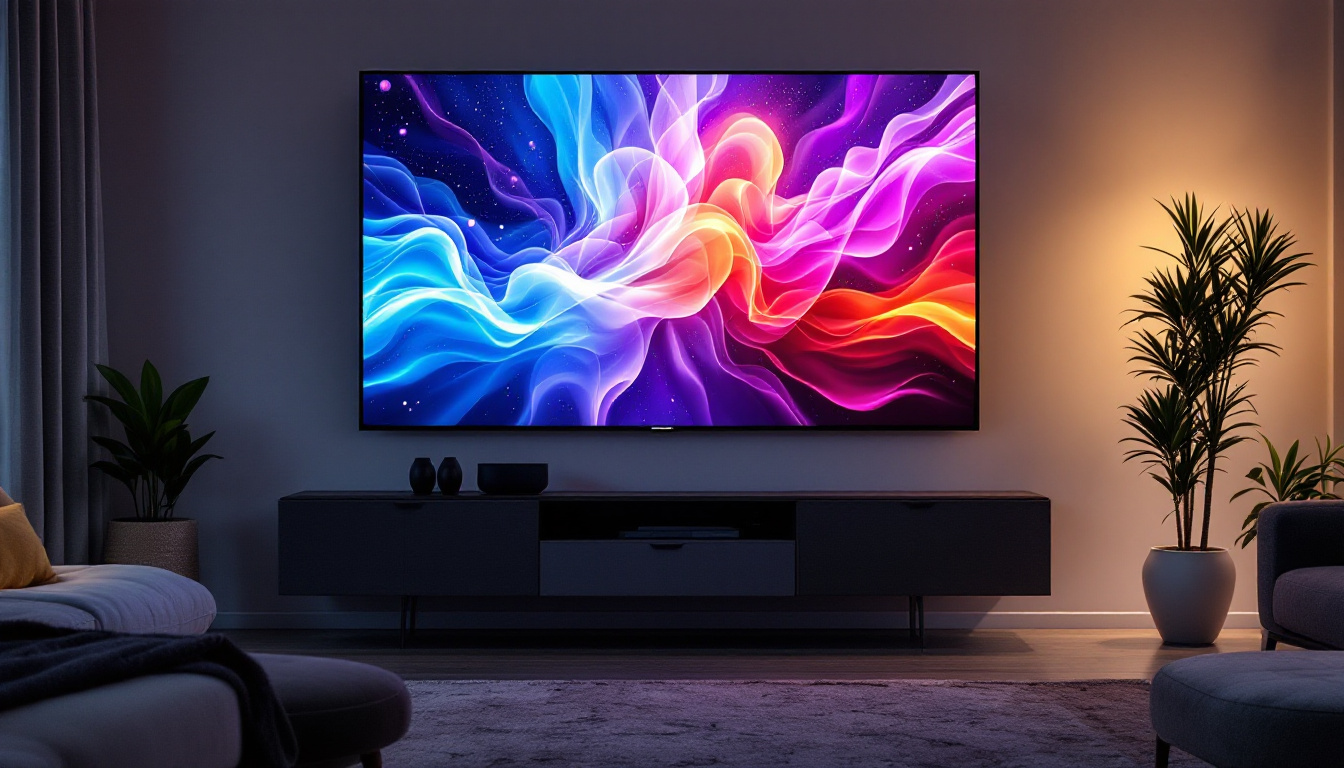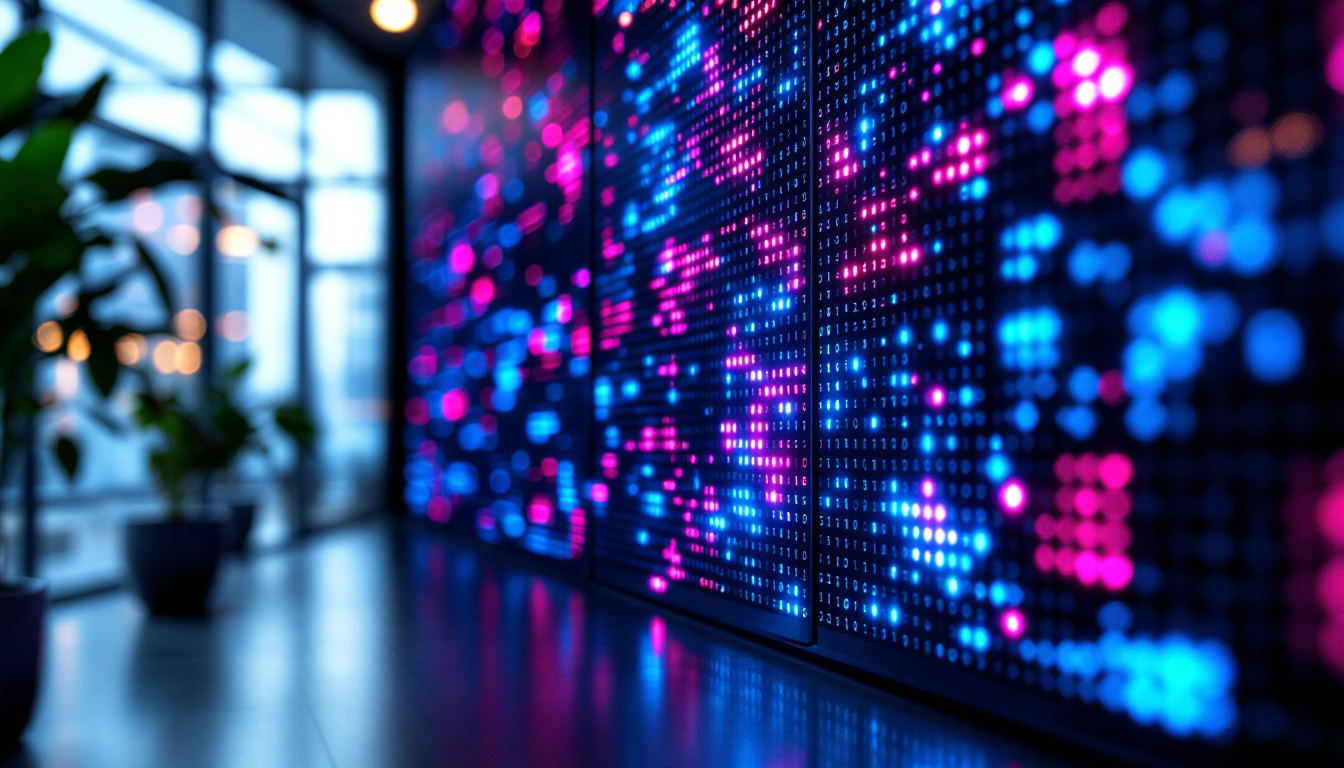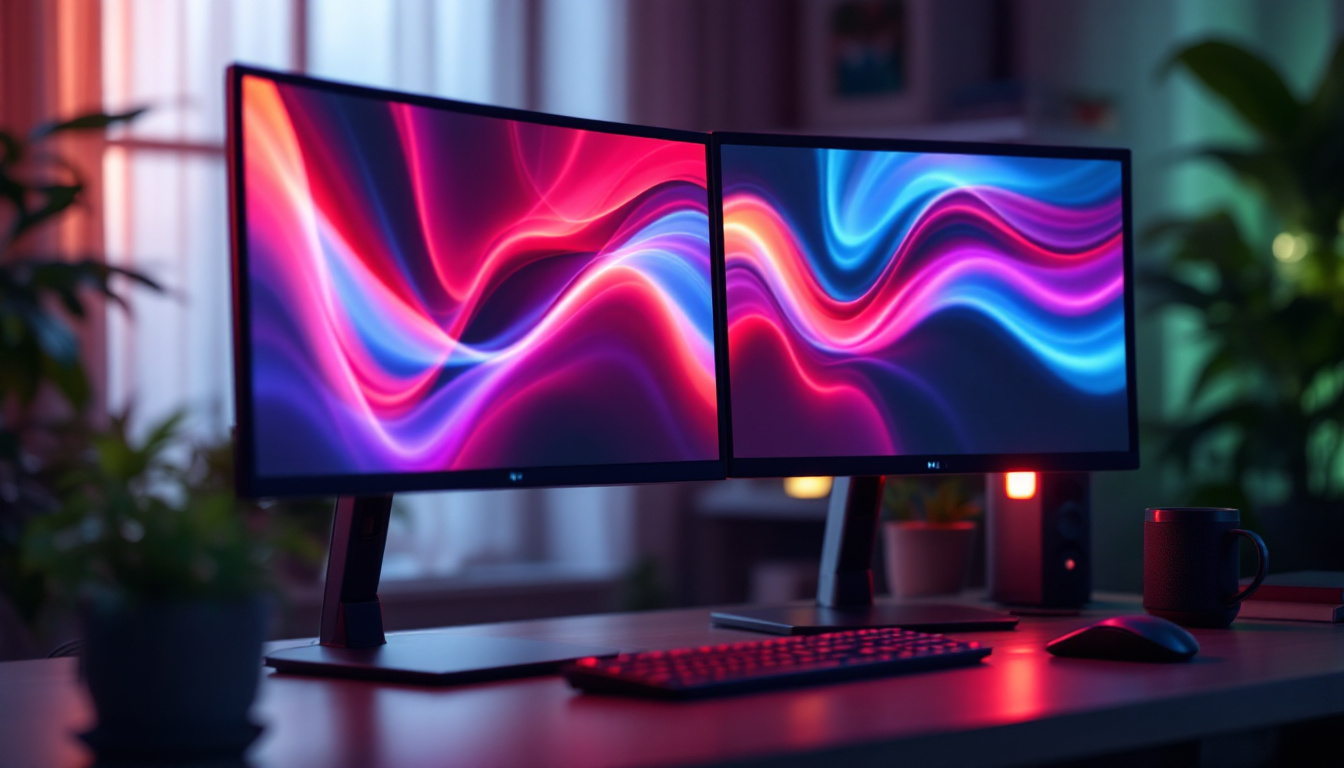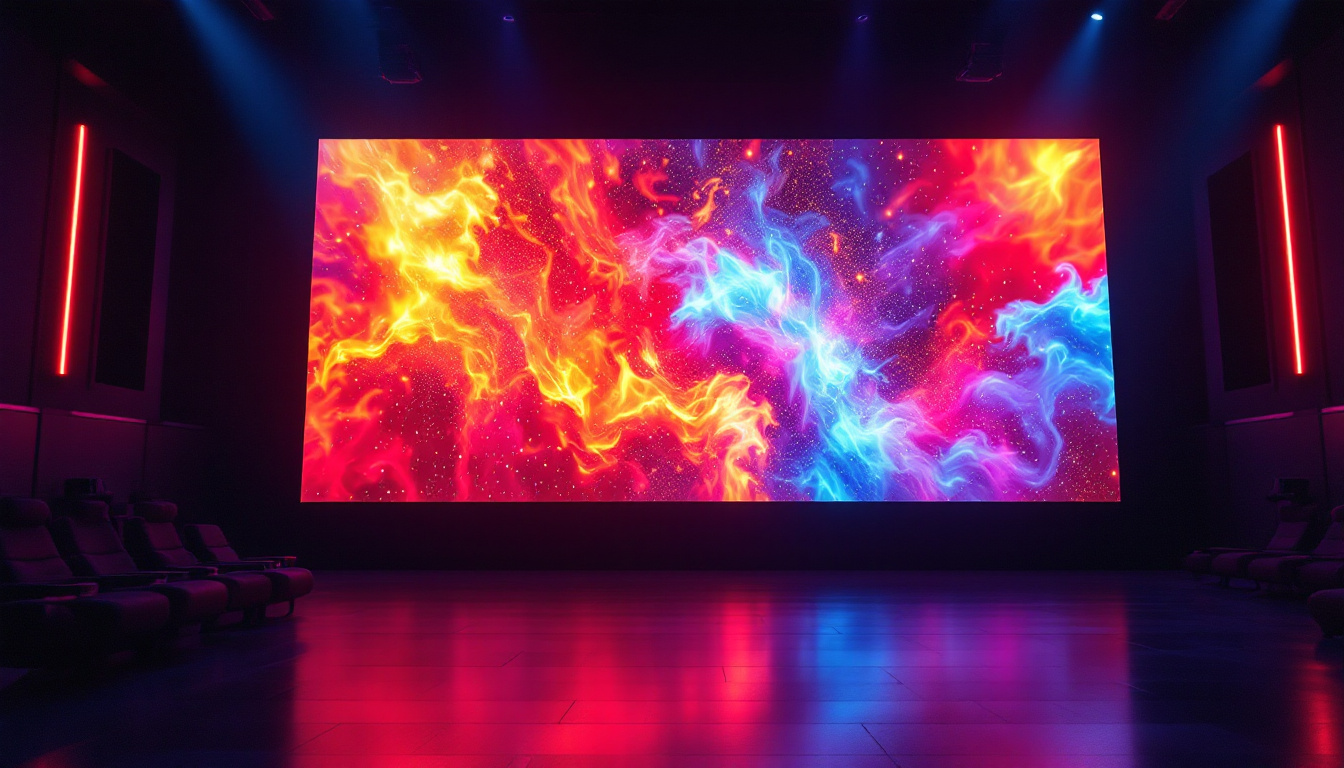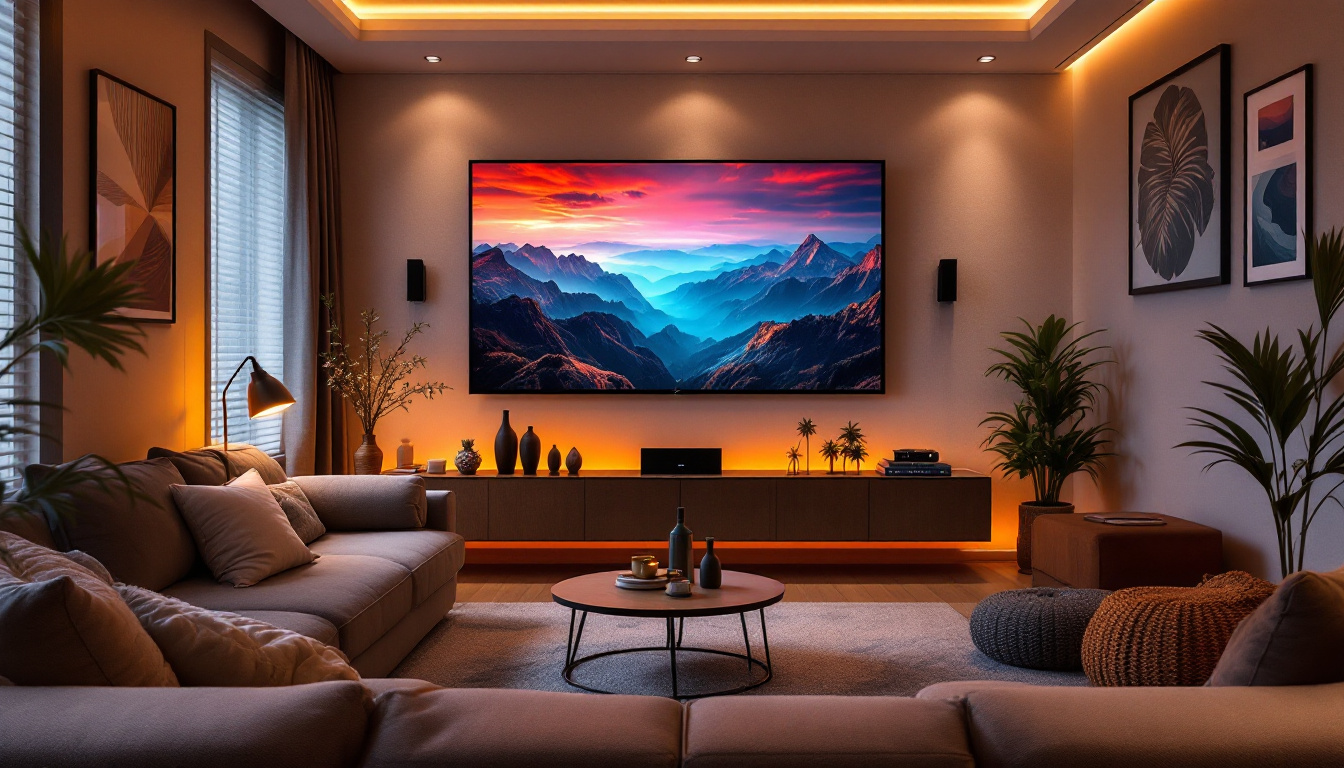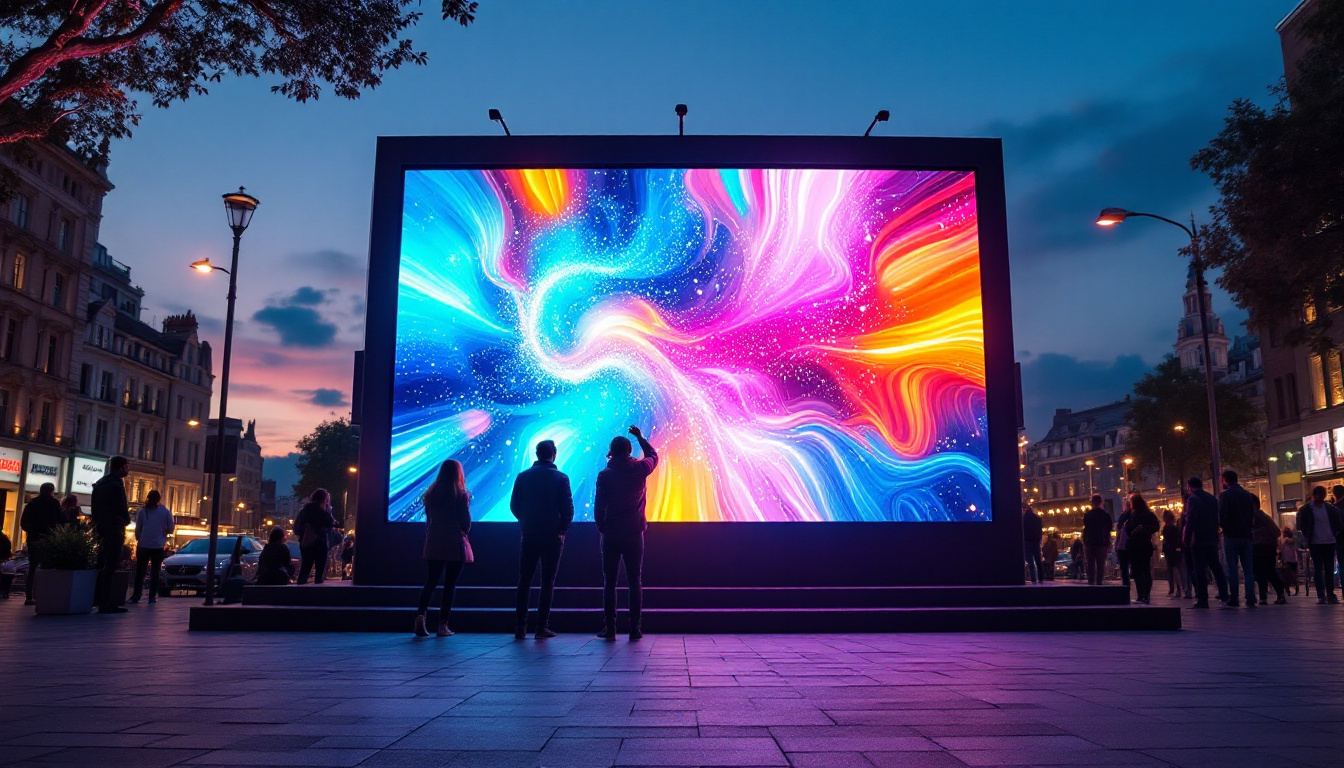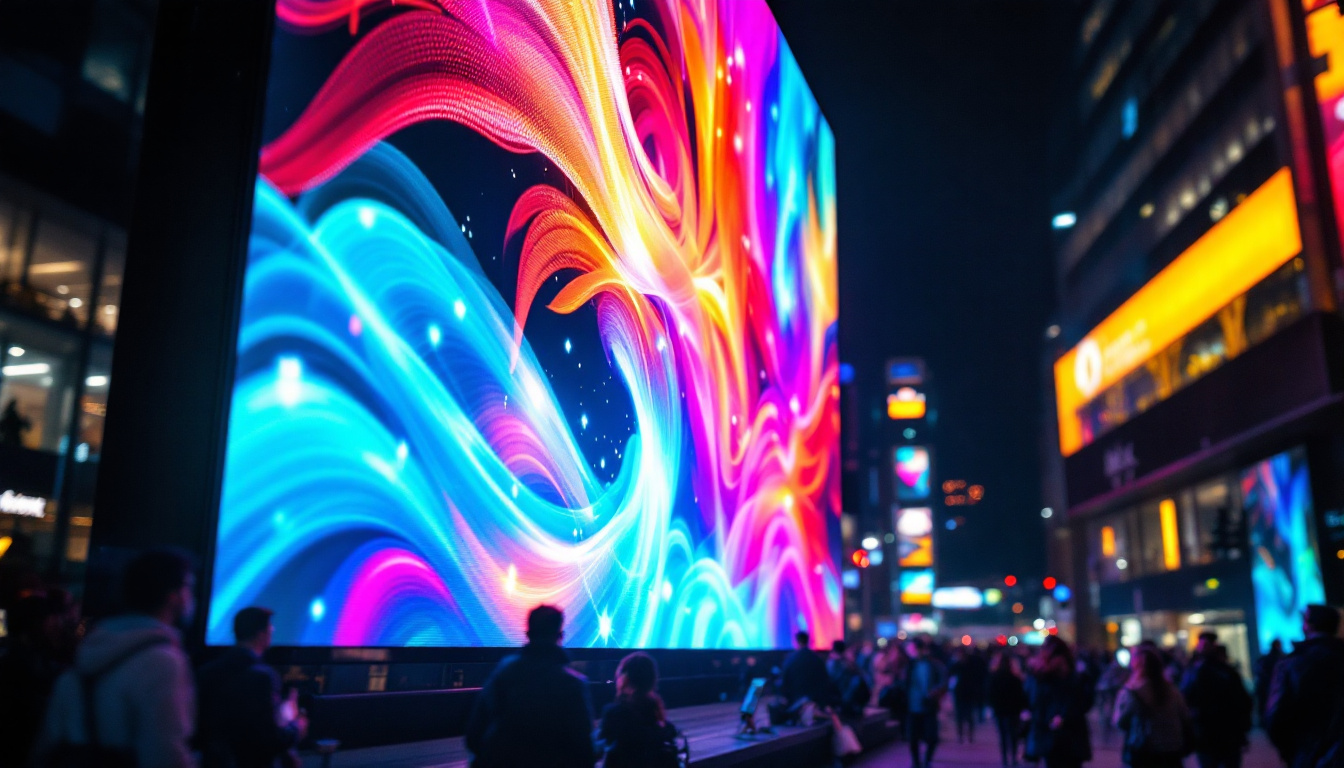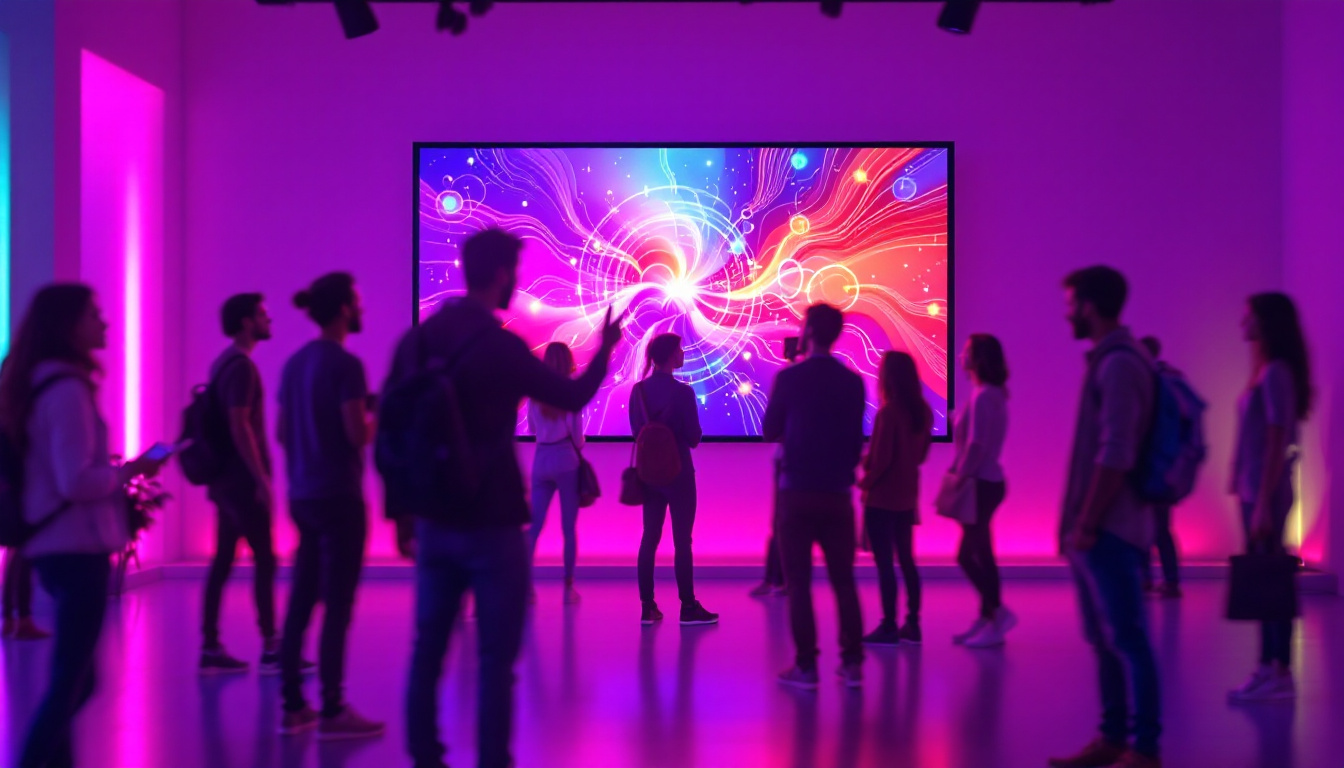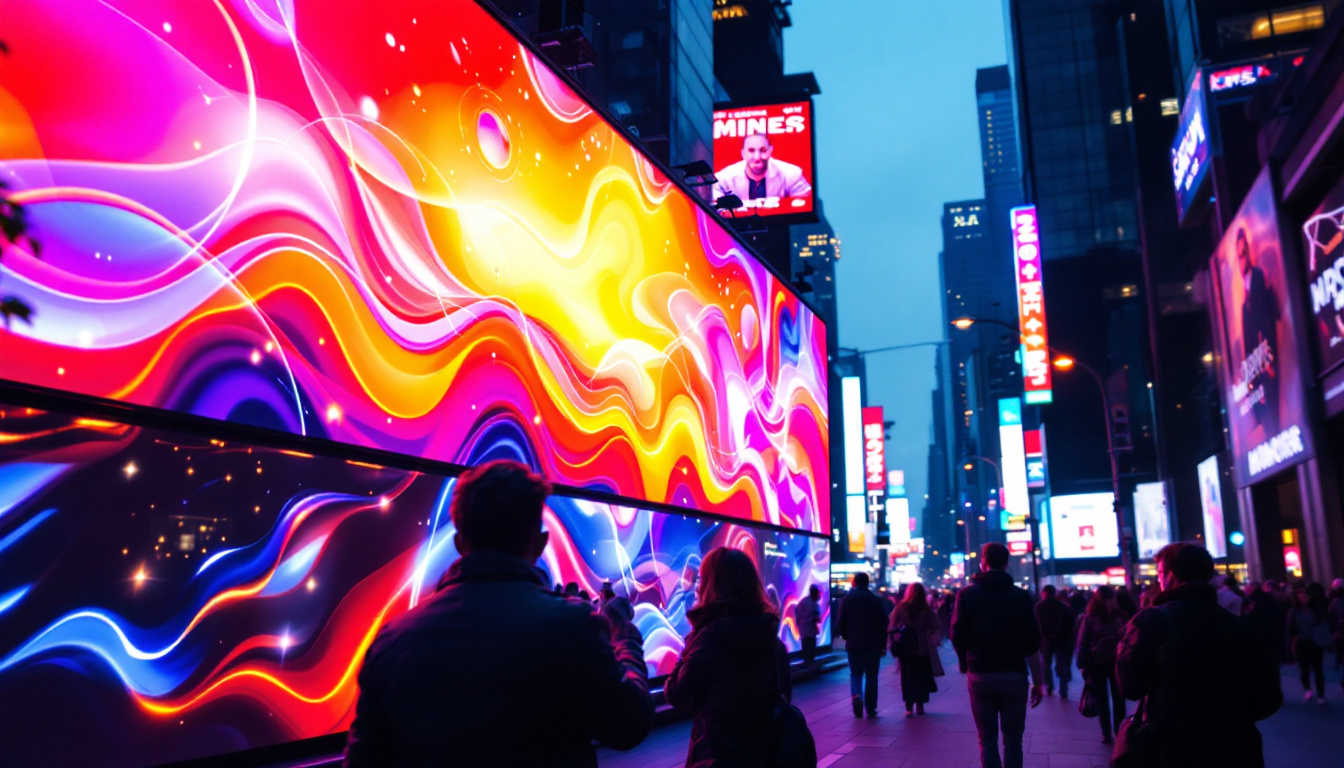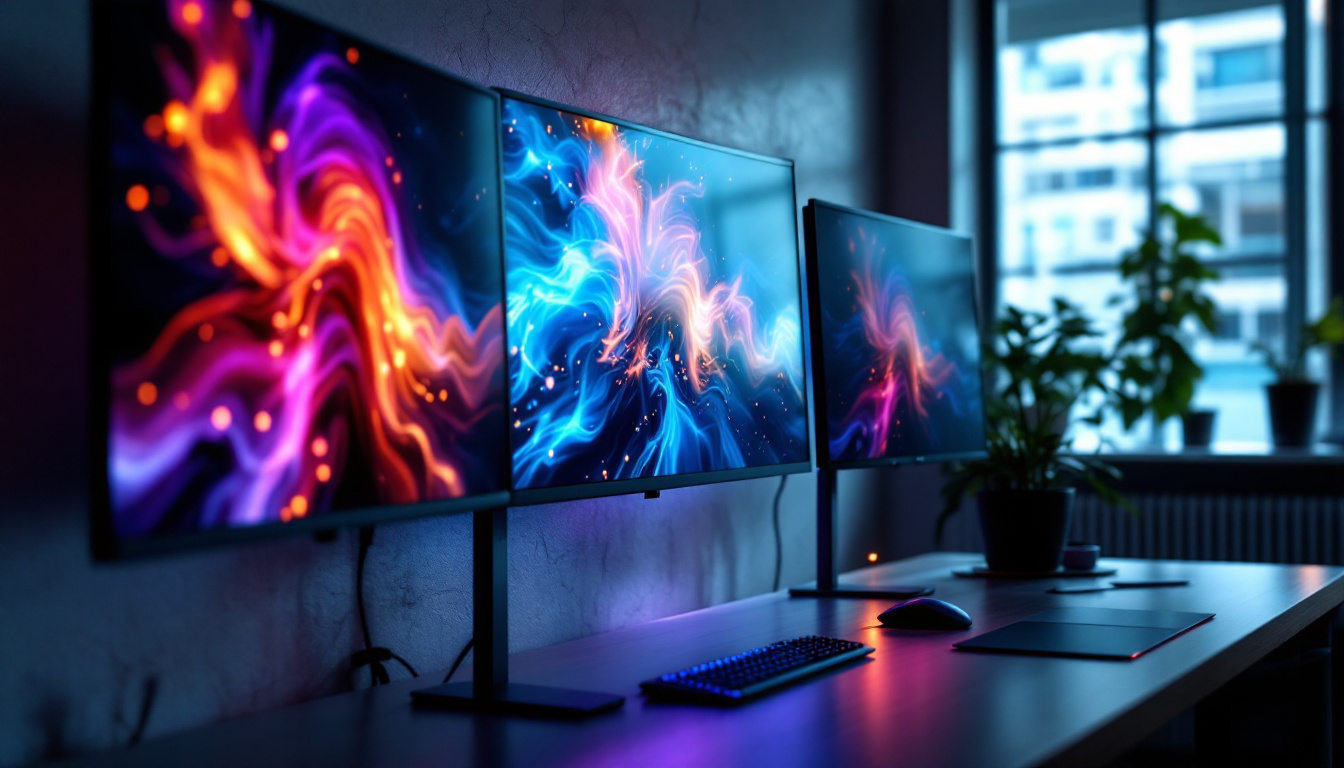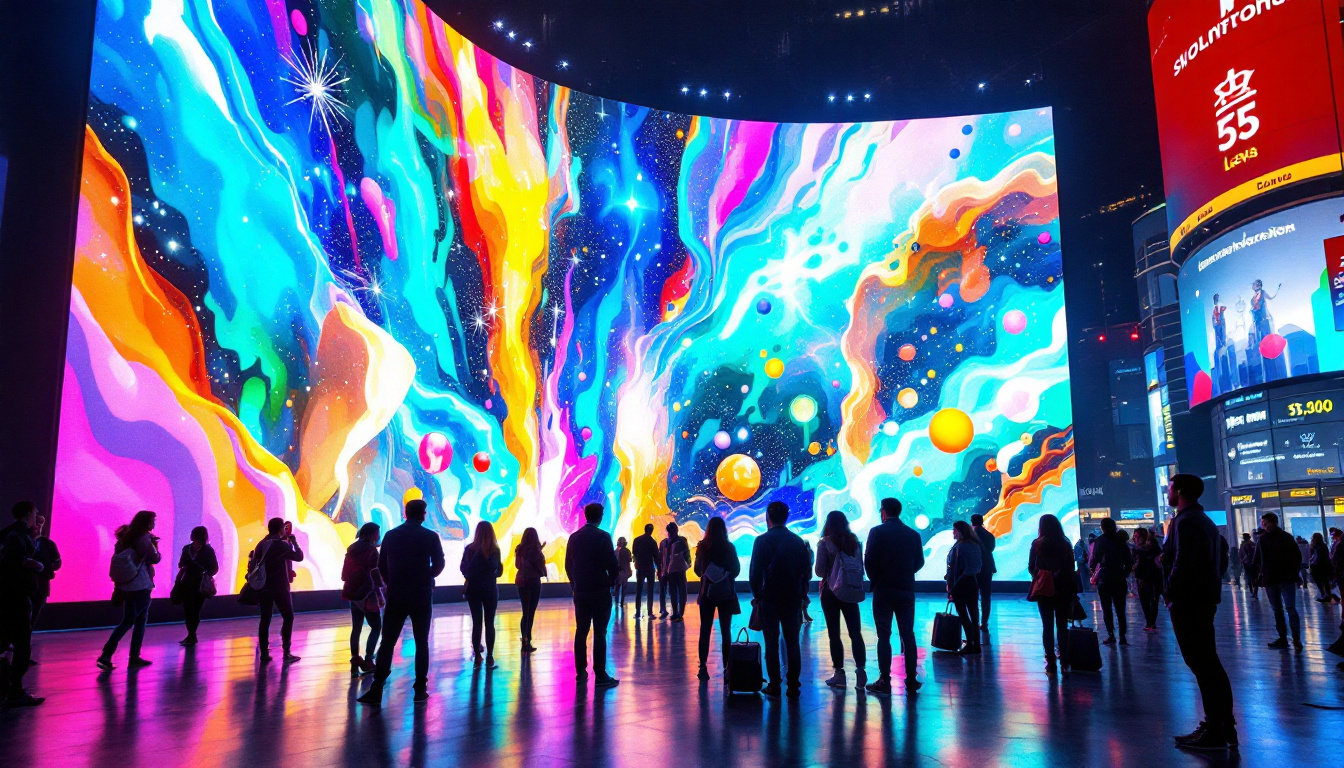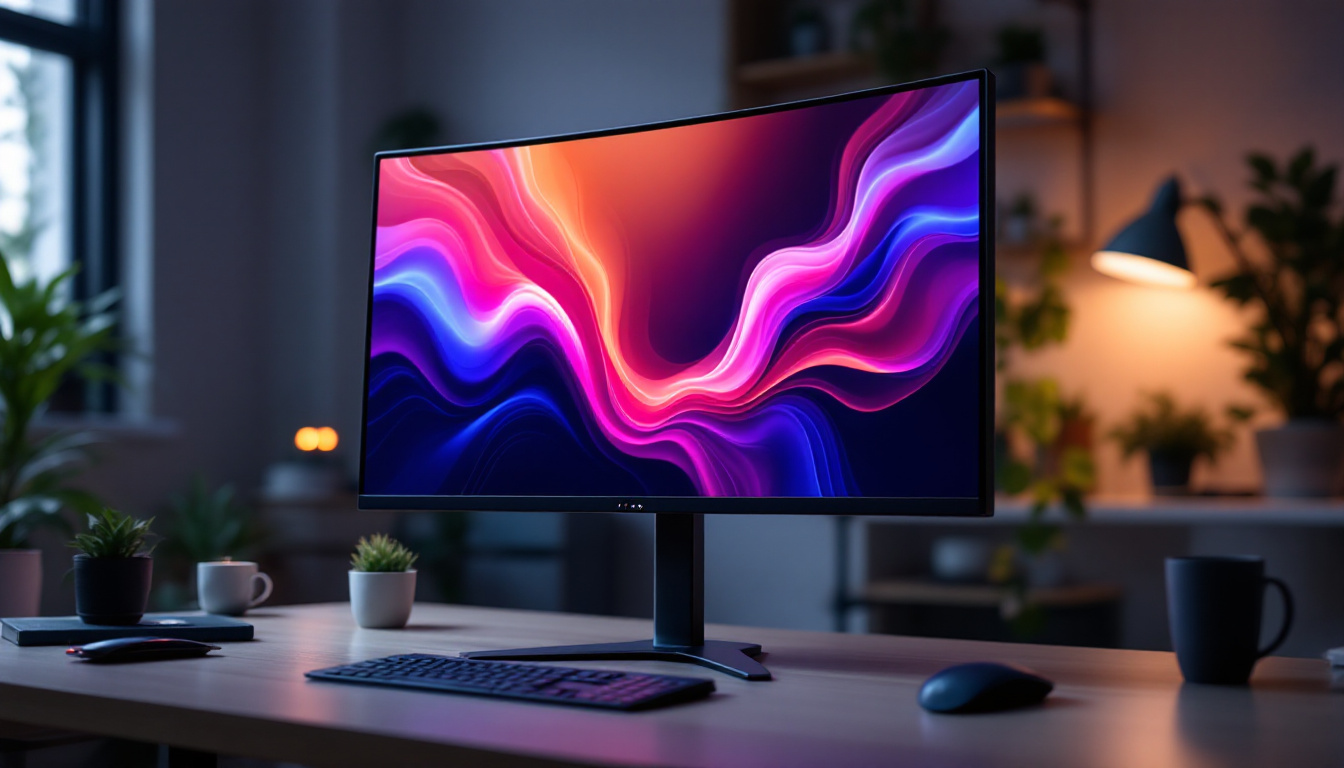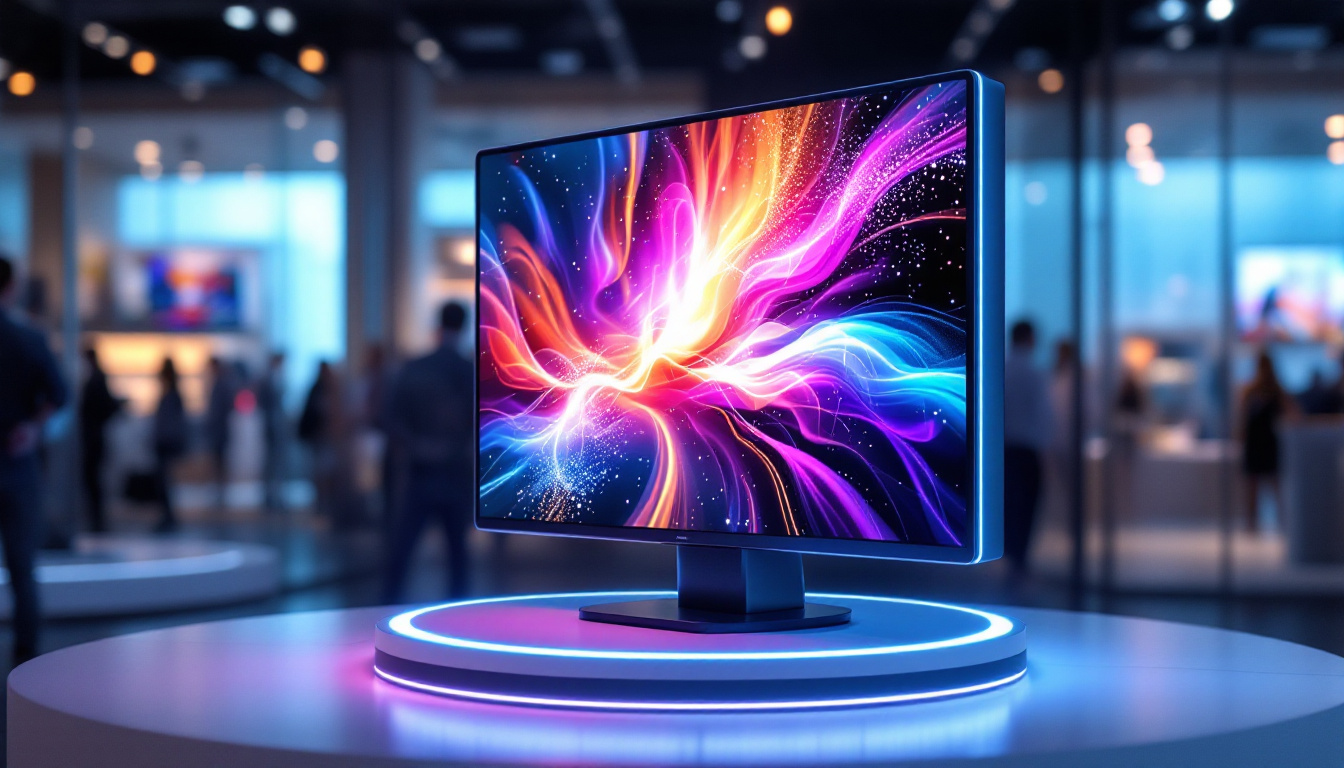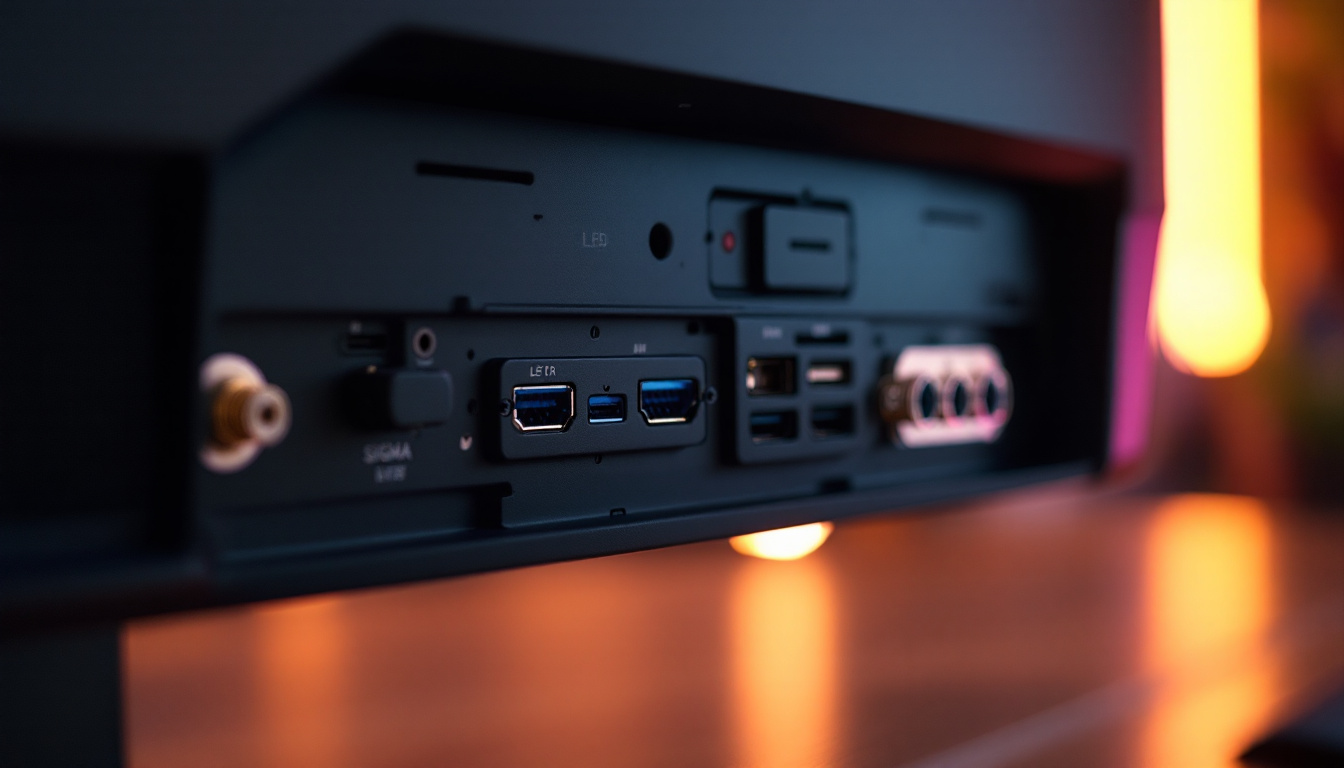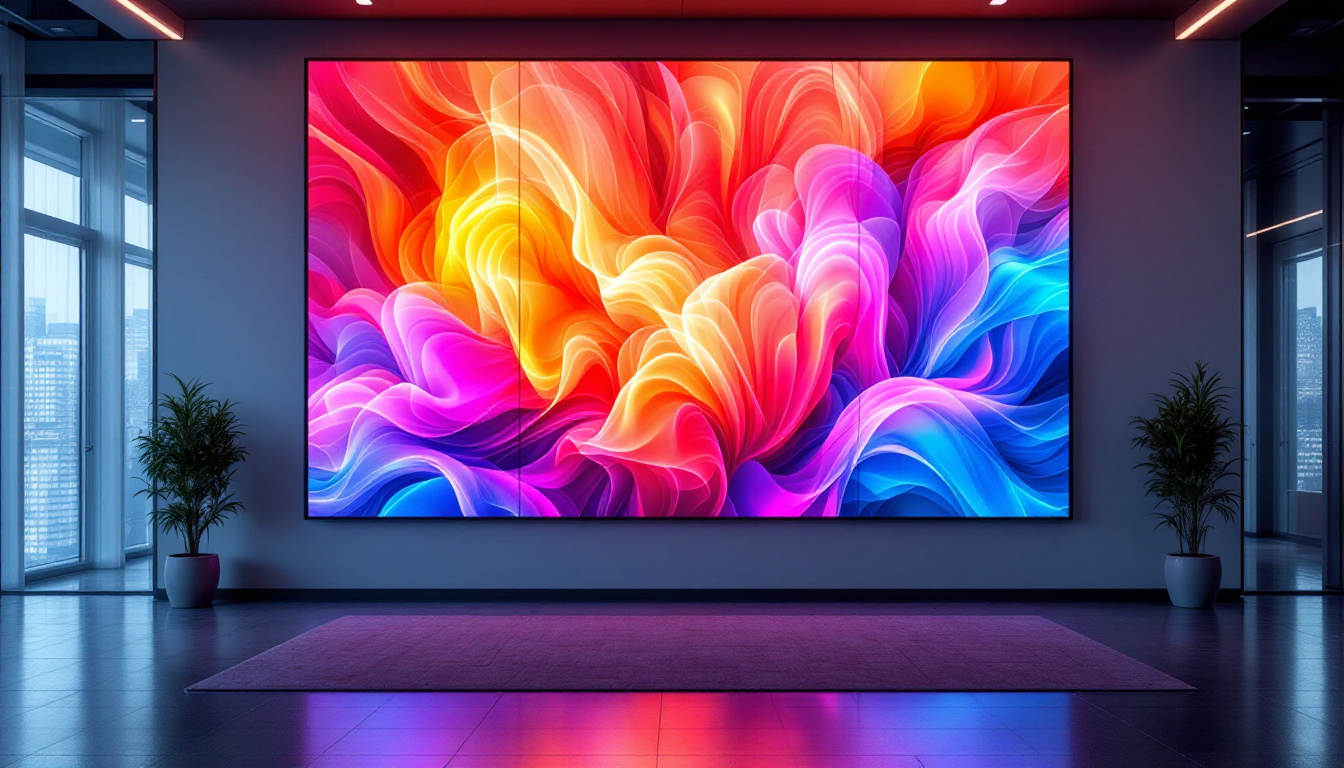In recent years, LED TVs have become a popular choice for consumers seeking high-quality viewing experiences. Their vibrant colors, sharp images, and energy efficiency make them an attractive option for many households. However, understanding the power draw of LED displays is essential for consumers who want to manage their energy consumption effectively. This article delves into the intricacies of LED TV power draw, providing insights into how these devices operate, their energy efficiency, and tips for optimizing power usage.
Understanding LED Technology
LED (Light Emitting Diode) technology has revolutionized the television industry. Unlike traditional LCD TVs that use fluorescent backlighting, LED TVs utilize small diodes to produce light, leading to improved picture quality and energy efficiency. This section explores the fundamentals of LED technology and how it affects power consumption.
How LED TVs Work
At the core of an LED TV is a liquid crystal display (LCD) panel, which is illuminated by an array of LEDs. These LEDs can either be positioned along the edges of the screen (edge-lit) or directly behind the LCD panel (full-array). Edge-lit models tend to be thinner and more lightweight, while full-array models offer superior contrast and color accuracy.
The ability of LEDs to emit light in a specific direction allows for more efficient use of energy. This targeted lighting reduces the amount of power needed to achieve the same brightness levels compared to traditional backlighting methods. Consequently, LED TVs generally consume less energy, making them a more environmentally friendly choice. Furthermore, advancements in LED technology have led to the development of features such as HDR (High Dynamic Range), which enhances the viewing experience by offering a wider range of colors and improved brightness levels, thus making the images more lifelike and immersive.
Types of LED TVs
There are several types of LED TVs available on the market, each with unique features and power consumption characteristics. The most common types include:
- Edge-lit LED TVs: These models have LEDs positioned around the screen’s edges. They are typically thinner and lighter but may not provide the same level of contrast as full-array models.
- Full-array LED TVs: Featuring a grid of LEDs behind the screen, these TVs offer better color accuracy and contrast. They can also utilize local dimming technology, which further enhances power efficiency.
- OLED TVs: Though not technically LED TVs, OLED (Organic Light Emitting Diode) displays use a similar concept. Each pixel emits its own light, allowing for perfect blacks and vibrant colors, but they can be more power-hungry depending on the content displayed.
In addition to these types, there are also variations such as QLED (Quantum Dot LED) TVs, which incorporate quantum dot technology to improve color reproduction and brightness. This technology uses tiny semiconductor particles that emit specific colors when illuminated, resulting in a more vibrant and dynamic picture. As consumers become more environmentally conscious, the demand for energy-efficient models continues to rise, prompting manufacturers to innovate further in LED technology to meet these expectations. With features like automatic brightness adjustment and energy-saving modes, modern LED TVs are designed not only to provide stunning visuals but also to minimize their carbon footprint.
Power Consumption in LED TVs
The power draw of an LED TV can vary significantly based on several factors, including screen size, brightness settings, and the type of content being viewed. Understanding these variables is crucial for consumers looking to minimize their energy bills while enjoying their favorite shows and movies.
Factors Influencing Power Draw
Several factors contribute to the overall power consumption of an LED TV. These include:
- Screen Size: Generally, larger screens consume more power. A 55-inch LED TV will draw more energy than a 32-inch model, even if both are of similar technology.
- Brightness Settings: The brightness level set on the TV can significantly impact power draw. Higher brightness settings require more energy, while lower settings can reduce consumption.
- Content Type: The type of content being displayed also plays a role. Bright, colorful scenes consume more power than darker scenes due to the increased need for backlighting.
Measuring Power Consumption
Power consumption is typically measured in watts (W). Most LED TVs will list their power consumption in the specifications, often indicating both the typical and maximum power draw. For example, a TV may draw around 100 watts during normal operation but can peak at 150 watts during bright scenes.
To get a more accurate measurement of power consumption, consumers can use a watt meter. This device plugs into the wall outlet and the TV plugs into the meter, providing real-time data on energy usage. This can be particularly useful for understanding how different settings and content types affect power draw.
Energy Efficiency Ratings
Energy efficiency is an important consideration when purchasing an LED TV. Many manufacturers provide energy ratings that help consumers gauge the efficiency of their products. Understanding these ratings can assist in making informed decisions.
Energy Star Certification
The Energy Star certification is a widely recognized standard for energy efficiency. TVs that meet the Energy Star criteria are designed to consume less energy than non-certified models, making them a more sustainable choice. These TVs often feature advanced technology that optimizes power usage without compromising performance.
When shopping for an LED TV, look for the Energy Star label. This certification indicates that the product has been tested and meets strict energy efficiency guidelines set by the U.S. Environmental Protection Agency.
Comparing Energy Consumption
When evaluating different LED TVs, it’s helpful to compare their energy consumption. Many retailers provide information on the estimated annual energy cost based on average usage. This figure can give consumers a clear idea of how much they might expect to pay in electricity bills over time.
For example, a TV that consumes 100 watts and is used for 5 hours a day will have an estimated annual cost of approximately $73, assuming an electricity rate of $0.13 per kilowatt-hour. In contrast, a more energy-efficient model consuming only 70 watts could cost around $51 annually, highlighting the potential savings.
Optimizing Power Usage
While LED TVs are generally more energy-efficient than their predecessors, there are several strategies that consumers can employ to further optimize power usage. These practices not only help reduce energy bills but also extend the lifespan of the TV.
Adjusting Picture Settings
One of the simplest ways to reduce power consumption is by adjusting the picture settings. Most LED TVs come with preset modes, such as “Standard,” “Movie,” or “Vivid.” Choosing a mode that balances brightness and color accuracy can significantly lower power draw.
Additionally, manually adjusting the brightness and contrast settings can lead to further energy savings. Lowering the brightness to a comfortable level, especially in darker rooms, can decrease power consumption without sacrificing viewing quality.
Utilizing Power-Saving Features
Many modern LED TVs come equipped with power-saving features designed to reduce energy consumption. These may include:
- Auto Brightness Control: This feature adjusts the screen brightness based on ambient light conditions, ensuring optimal visibility while minimizing power usage.
- Sleep Timer: Setting a sleep timer can prevent the TV from being left on unnecessarily, reducing energy waste.
- Energy-Saving Modes: Some TVs have dedicated energy-saving modes that limit power draw while maintaining acceptable picture quality.
Environmental Impact of LED TVs
As consumers become more conscious of their environmental footprint, the impact of electronic devices, including LED TVs, has come under scrutiny. Understanding the environmental implications of LED technology is essential for making responsible purchasing decisions.
Lower Carbon Footprint
LED TVs are generally more energy-efficient than traditional CRT or plasma TVs, resulting in a lower carbon footprint. By consuming less power, LED TVs contribute to reduced greenhouse gas emissions, especially when powered by renewable energy sources.
In addition to their energy efficiency, LED TVs often have longer lifespans compared to older technologies. This longevity means fewer devices end up in landfills, further reducing environmental impact.
Recycling and Disposal
As with any electronic device, proper disposal and recycling of LED TVs are crucial. Many manufacturers and retailers offer recycling programs to ensure that old TVs are disposed of responsibly. Consumers are encouraged to take advantage of these programs to minimize waste and promote sustainability.
It’s important to note that LED TVs contain materials that can be harmful to the environment if not disposed of correctly. By recycling, consumers can help recover valuable materials and reduce the demand for new resources.
Conclusion
LED TVs have transformed the viewing experience with their superior picture quality and energy efficiency. Understanding the power draw of these devices is essential for consumers looking to manage their energy consumption effectively. By considering factors such as screen size, brightness settings, and energy efficiency ratings, consumers can make informed decisions when purchasing a new TV.
Moreover, optimizing power usage through simple adjustments and utilizing energy-saving features can lead to significant savings on electricity bills while contributing to a more sustainable future. As technology continues to evolve, consumers can expect even greater advancements in energy efficiency and environmental responsibility in the realm of LED displays.
In conclusion, LED TVs not only provide an exceptional viewing experience but also offer a pathway toward more responsible energy consumption. By choosing energy-efficient models and adopting best practices for power usage, consumers can enjoy their favorite shows while minimizing their environmental impact.
Discover LumenMatrix’s Innovative LED Solutions
As you embrace the benefits of LED TVs and consider the impact of your energy consumption, take the next step with LumenMatrix. Our commitment to innovation in LED display technology ensures that you experience not only superior picture quality but also unparalleled energy efficiency. From captivating Indoor and Outdoor LED Wall Displays to dynamic Vehicle and Sports LED Displays, LumenMatrix offers a comprehensive range of solutions tailored to your needs. Enhance your visual communication and engage your audience like never before. Check out LumenMatrix LED Display Solutions today and transform your viewing experience.

